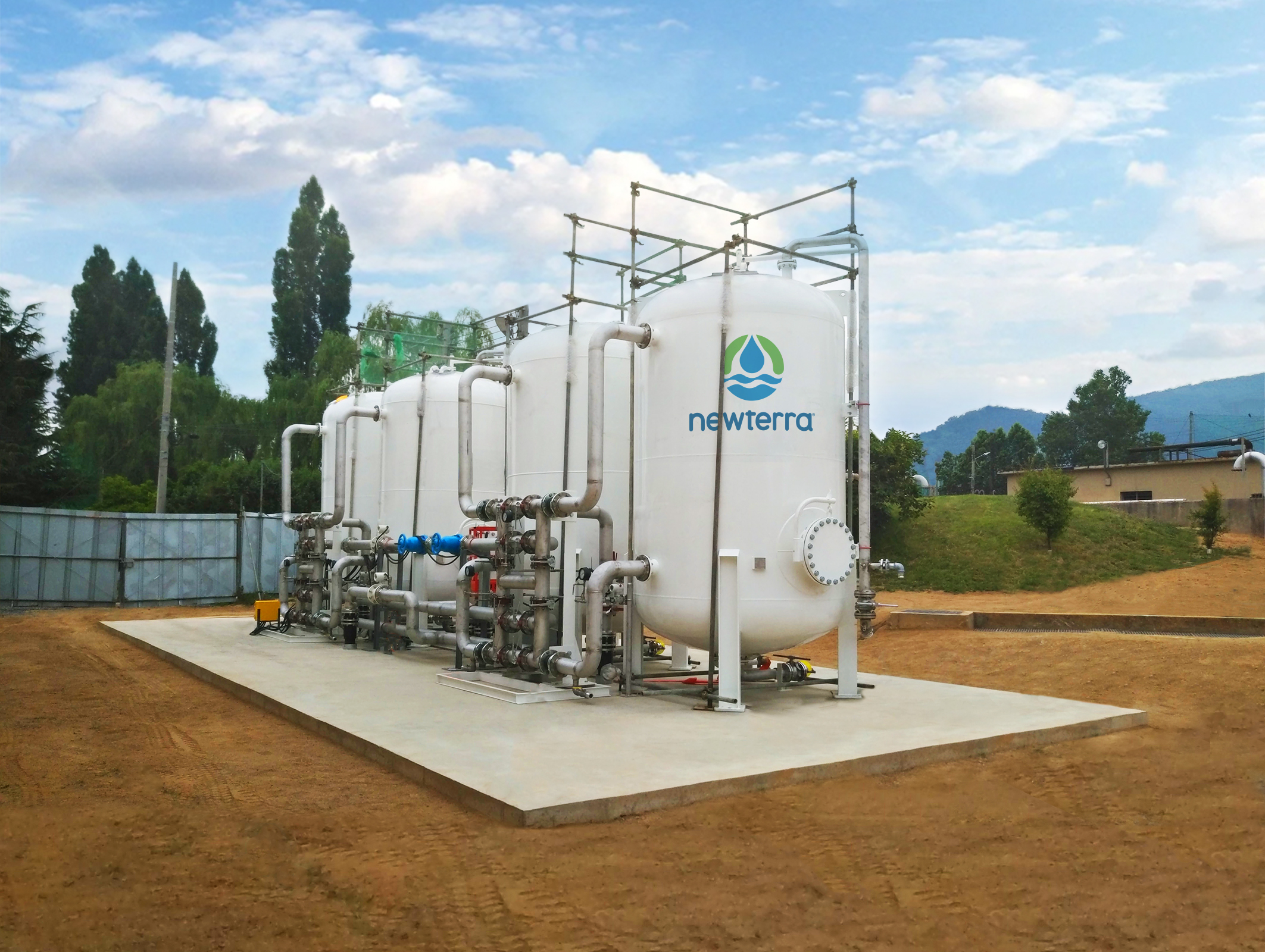Innovative PFAS Treatment Solutions for Safer Water
The raising prevalence of PFAS contamination in water supplies demands a vital exam of innovative treatment solutions. Furthermore, emerging bioremediation methods provide a more lasting approach to dealing with PFAS challenges. pfas management.
Overview of PFAS Contamination
PFAS contamination has actually emerged as a considerable environmental and public wellness concern. Per- and polyfluoroalkyl substances (PFAS) are a team of synthetic chemicals known for their perseverance in the environment and human body, leading them to be typically referred to as "forever chemicals." These substances have actually been commonly used in numerous markets, consisting of firefighting foams, water-repellent fabrics, and food product packaging, largely due to their water- and grease-resistant buildings.
The extensive use PFAS has resulted in their detection in dirt, water supplies, and even in the blood of human beings and animals. Studies have linked PFAS direct exposure to numerous health issues, including developing effects in babies, immune system disorder, and numerous kinds of cancer cells. In addition, the environmental determination of these substances complicates their deterioration and removal, elevating worries about long-term eco-friendly effects.
Regulatory bodies are progressively implementing strict guidelines to keep track of and lower PFAS degrees in alcohol consumption water and other environmental mediums. As recognition of PFAS contamination expands, it has actually come to be imperative for communities and industries to seek effective treatment services to mitigate direct exposure and guard public wellness.
Advanced Purification Technologies
As the seriousness to address PFAS contamination increases, progressed filtration technologies have actually emerged as a pivotal element in the removal efforts targeted at removing these consistent chemicals from water sources. These innovations leverage advanced mechanisms to effectively target and capture PFAS substances, which are infamously resistant to traditional treatment methods.
One of the most promising approaches is using granular activated carbon (GAC), which adsorbs PFAS molecules due to its high surface and porous framework. This method has actually been extensively implemented in both community and commercial settings, showing significant reductions in PFAS focus. Additionally, ion exchange resins have actually acquired traction, particularly created to precisely bind PFAS ions from water, thus facilitating their elimination.
Membrane filtering technologies, such as reverse osmosis and nanofiltration, likewise show effectiveness in PFAS removal by physically separating impurities from water - pfas management. These systems can accomplish high degrees of purity, making them appropriate for alcohol consumption water applications
Chemical Therapy Technologies
Countless chemical treatment innovations are being explored to effectively address PFAS contamination in water products. One promising method includes the use of sophisticated oxidation procedures (AOPs), which utilize effective oxidants such as ozone, hydrogen peroxide, or chlorine dioxide integrated with UV light to damage down PFAS substances right into much less harmful materials. This approach has shown efficiency in lab settings, showing potential for scalability in real-world applications.
An additional ingenious technique is the growth of ion-exchange resins especially designed to target PFAS. These materials can uniquely adsorb PFAS substances from water, enabling their removal during therapy processes. Current innovations have improved the efficiency and ability of these resins, making them a beneficial option for water therapy centers.
Additionally, researchers why not find out more are examining using chemical agents like persulfate and ferrous ions to boost the destruction of PFAS in polluted water. These representatives can induce chain reaction that facilitate the malfunction of persistent PFAS substances.
Arising Bioremediation Techniques
Recent innovations in chemical therapy developments have paved the method for exploring bioremediation techniques as a practical option for dealing with PFAS contamination. Bioremediation takes advantage of the all-natural metabolic processes of microbes to deteriorate or transform pollutants, making it an enticing technique for tackling consistent impurities like PFAS.
Arising strategies in bioremediation consist of making use of genetically crafted microorganisms that can especially target and break down PFAS compounds. These microbial pressures are being established for their boosted destruction abilities, boosting the performance of the removal process. Furthermore, scientists are checking out the possibility of plant-assisted bioremediation, where certain plant species might uptake and withdraw PFAS from polluted soil and water.
One more promising approach is the application of bioaugmentation, which involves introducing helpful bacteria right into contaminated settings to enhance the destruction of PFAS. This look at here now method can assist in faster removal timelines and boost total performance.

Regulative Frameworks and Requirements
An extensive governing structure is vital for effectively handling PFAS contamination and guaranteeing public health protection. The enhancing recognition of per- and polyfluoroalkyl substances (PFAS) as toxic wastes has actually prompted various government and state firms to create requirements that regulate their presence in water materials. The U.S. Environmental Security Agency (EPA) has actually developed health advisories and is working toward establishing enforceable limitations for PFAS in alcohol consumption water.
State-level guidelines vary considerably, with some states adopting more stringent guidelines than those suggested by the EPA. These guidelines often include maximum pollutant degrees (MCLs) for specific PFAS substances, tracking needs, and reporting commitments for water energies. Furthermore, arising structures focus on the removal of infected websites, highlighting the need for efficient therapy technologies.

Verdict
In verdict, the advancement and application of innovative PFAS treatment options are essential for resolving the pervasive concern of water contamination. Advanced purification modern technologies, chemical treatments, and emerging bioremediation strategies collectively provide a complex technique to effectively minimize and break down PFAS levels. As regulative structures continue to advance, incorporating these innovations will be vital to safeguard public health and wellness and bring back the stability of polluted water sources, eventually adding to a cleaner and more secure setting.